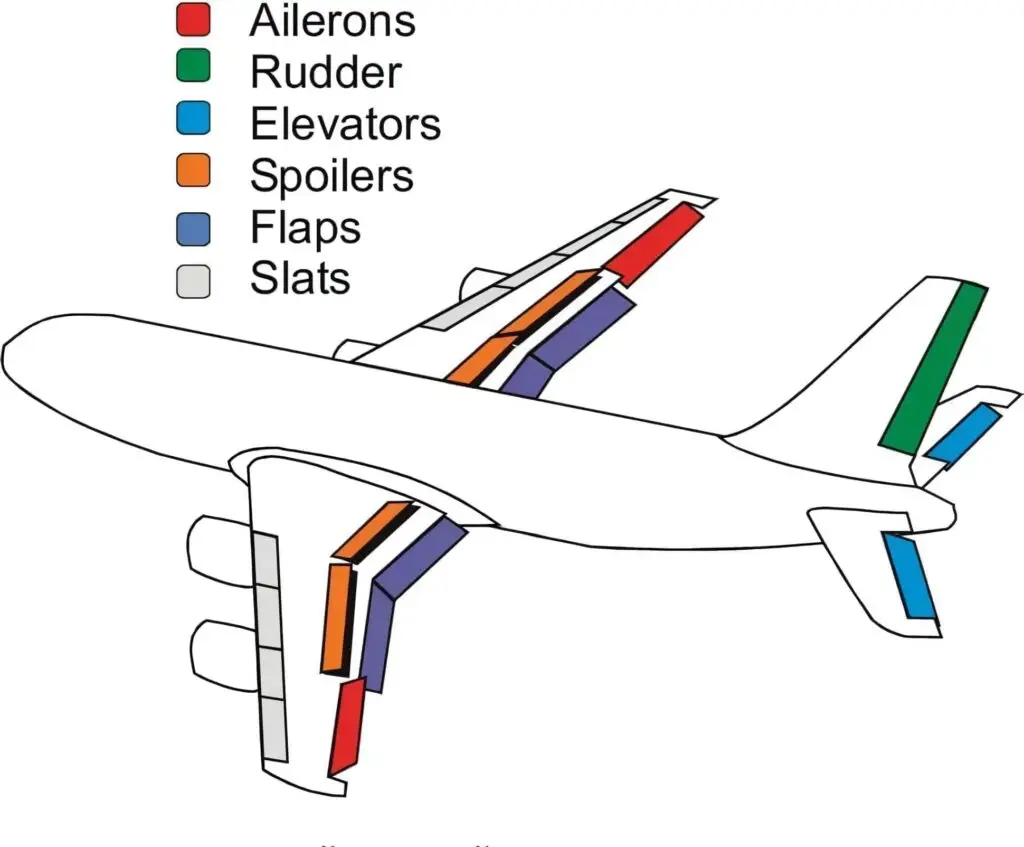1. Initial Observations and Unusual Configuration:
The initial analysis of the Ahmedabad plane crash reveals three unusual features in the footage:
- The plane’s wings were retracted (straight), indicating the flaps and slats were not deployed.
- The landing gear wheels were not retracted, remaining extended.
- The nose was tilted upwards, as if attempting takeoff.
Because it implies that the aircraft was attempting to take off and land at the same time, this combination is contradictory. The wing’s slats and flaps typically extend 10 to 15 degrees during takeoff in order to create an ideal angle of attack and boost lift. To cut down on drag, the landing gear retracts as soon as takeoff occurs. According to the video, the flaps were almost flat (0° configuration), which is extremely uncommon and significantly increases drag by reducing lift. Furthermore, the surrounding temperature was about 40°C, which further decreased lift and air density. The aircraft needed a longer runway and a faster speed to take off, even though the Boeing 787’s engines are strong enough to overcome some drag.

2. Comparison with Past Similar Crashes:
[A] Spain’s Madrid (2008):
54 people were killed when an MD82 plane crashed soon after takeoff. According to the investigation, the wings were flat because the flaps and slats were not deployed. Distraction caused the pilot to miss an important checklist item, and during maintenance, a critical relay (R25) was turned off, turning off the alarm that would have warned the crew. Despite having a long runway, this led to a failed takeoff. With flat wings, it required about 380 km/h to overcome drag, but the aircraft could only reach 250 km/h.
[B] Detroit, USA (1987):
In hot weather with a heavy load, a McDonnell Douglas TC982 crashed after takeoff. Once more, the failure to deploy flaps resulted in inadequate lift and a crash that claimed 156 lives. The failure of the alarm system and human error were the main causes.
* These past incidents closely match the Ahmedabad crash scenario, indicating that failure to deploy flaps and slats and possible crew error are critical factors.
3. Technical and Human Error Possibilities in Ahmedabad Case:
The Ahmedabad Boeing 787 Dreamliner had advanced alarm systems designed to prevent takeoff without correct flap settings. Possible reasons for failure include:
Similar to the Madrid case, a technical issue or maintenance mistake disables the alarm system.
Human error occurred when pilots were distracted or under pressure and failed to deploy flaps or skip checklist items.
Possible engine issues: Observers heard strange engine noises that suggested the throttle was “racing,” perhaps in an effort to make up for low lift. However, no visible engine fire or sparks were observed, and the lack of evidence suggests that the likelihood of a bird strike is low.
Although this is better than previous instances, the plane was still unable to maintain flight after reaching 625 feet in altitude and remaining in the air for 30 seconds. This implies a partial lift but still a performance compromise.
4. Flight Data and Investigation Status:
The Flight Data Recorder is the only black box that has been found thus far. There is still no Cockpit Voice Recorder. Prior to the crash, these devices will supply vital information on engine performance, flight parameters, system alerts, and pilot communications. The precise causes, such as whether engine failure or flap misconfiguration was the main factor, are being investigated by investigators.
5. Regulatory and Safety Issues:
The investigation raises serious questions about airline safety culture and regulatory enforcement in India:
For serious infractions, the current Directorate General of Civil Aviation (DGCA) aviation regulations in India only permit a maximum fine of ₹1 crore, which is insignificant for major airlines that generate more than ₹100 crores in revenue every day.
In contrast, organisations such as the Federal Aviation Administration (FAA) in the United States impose uncapped fines. For example, Southwest Airlines was fined $1.2 billion in 2023 for operational failures. Due to the 737 Max crashes, Boeing was fined $2.15 billion.
Although Air India has a history of safety violations, including the recent suspension of its Chief Safety Officer for fabricating reports, the punishments have been light, and the officer was reinstated within a month.
Despite being promoted as being extremely safe, the Boeing 787 Dreamliner has experienced numerous technical problems and delays, and manufacturing shortcuts and safety compromises have been exposed by whistleblowers.
6. Final Thoughts and the Need for Tougher Laws:
A deadly mix of potential technical malfunctions, systemic regulatory shortcomings, and human error most likely caused the Ahmedabad crash. Low penalties and lax enforcement could promote disregard for safety procedures. The tragedy emphasises how urgently India needs stricter aviation laws and increased accountability in order to stop similar incidents in the future. Preliminary data, previous crash similarities, and video analysis point to the flap configuration error as the primary cause; however, the results of the investigation will offer conclusive answers. In the meantime, the victims and their families are receiving condolences.
SUMMARY:
The primary cause of the Ahmedabad plane crash was a critical configuration error that resulted in inadequate lift and increased drag during takeoff in hot weather: the failure to deploy flaps and slats. This fatal error, which is frequently attributed to human error and alarm system malfunctions, is confirmed by similar previous crashes. The investigation is still ongoing, and regulatory flaws are being examined as well. To save lives, there is an urgent need for stricter safety oversight.


